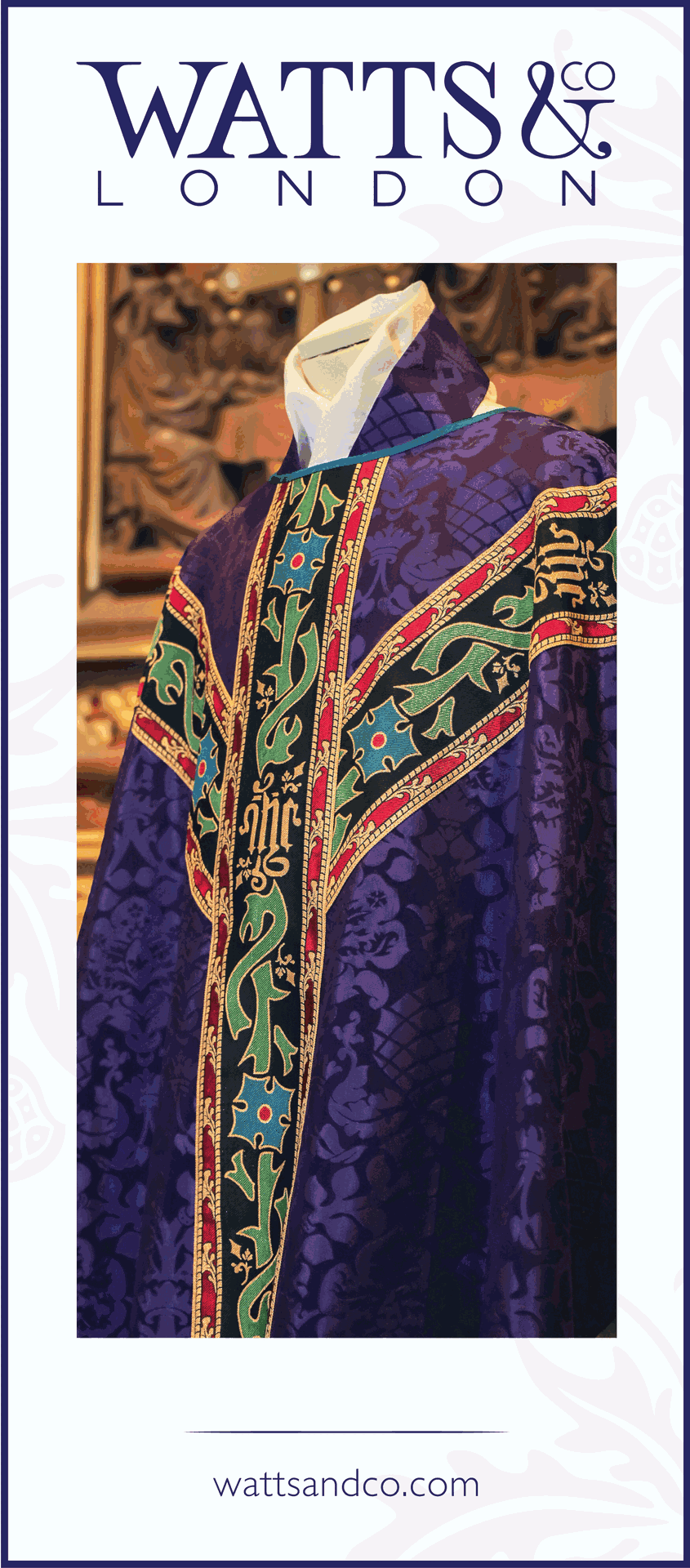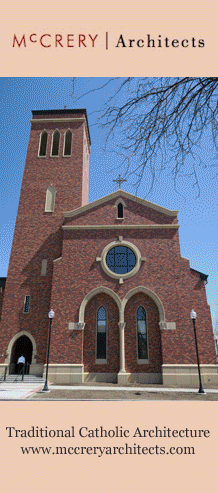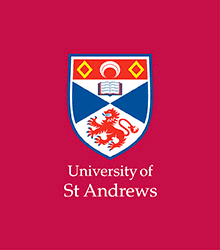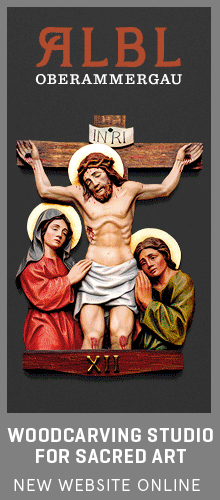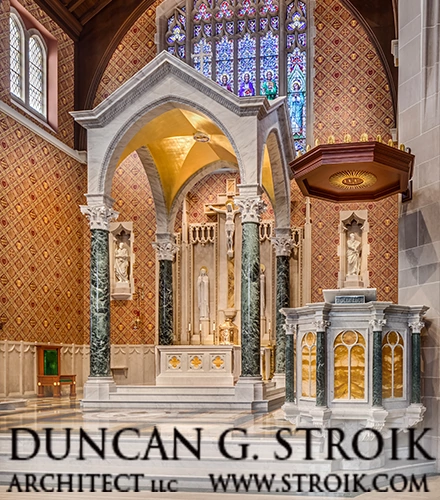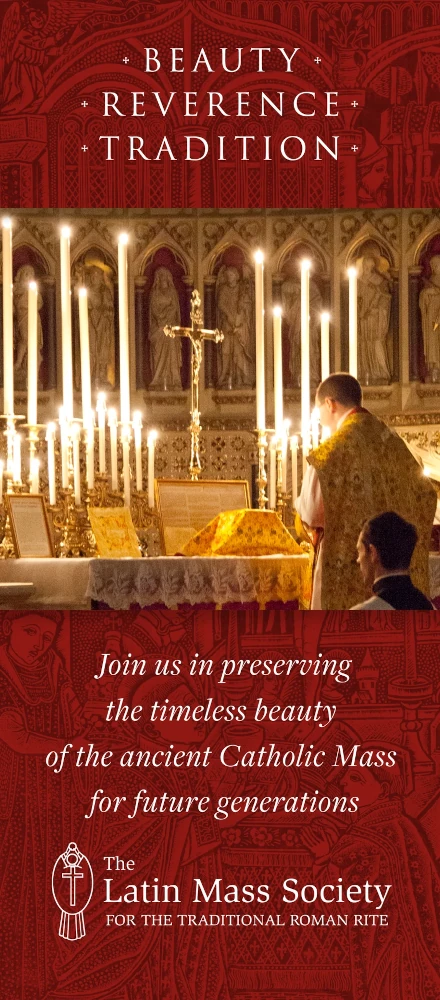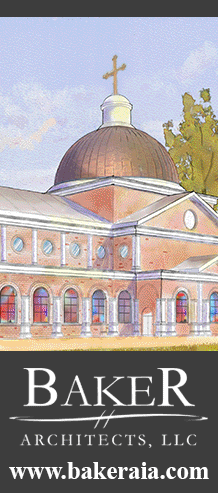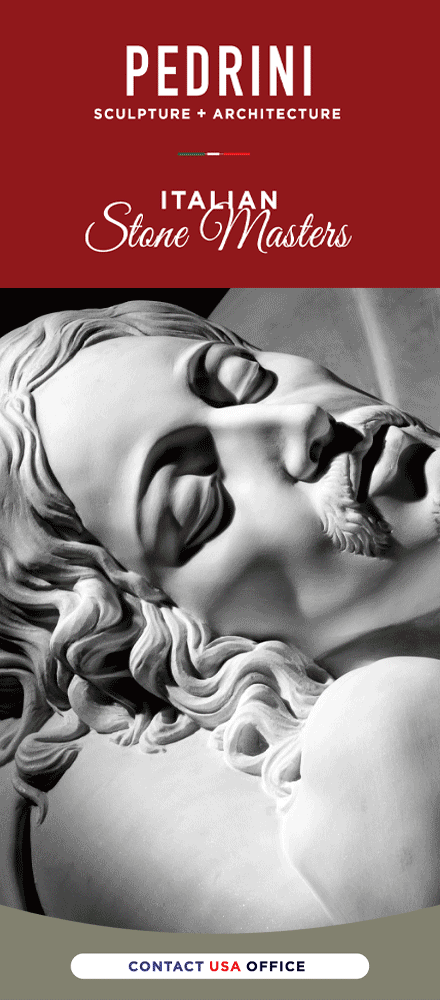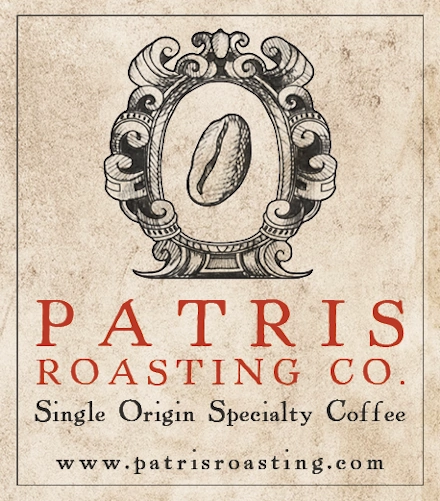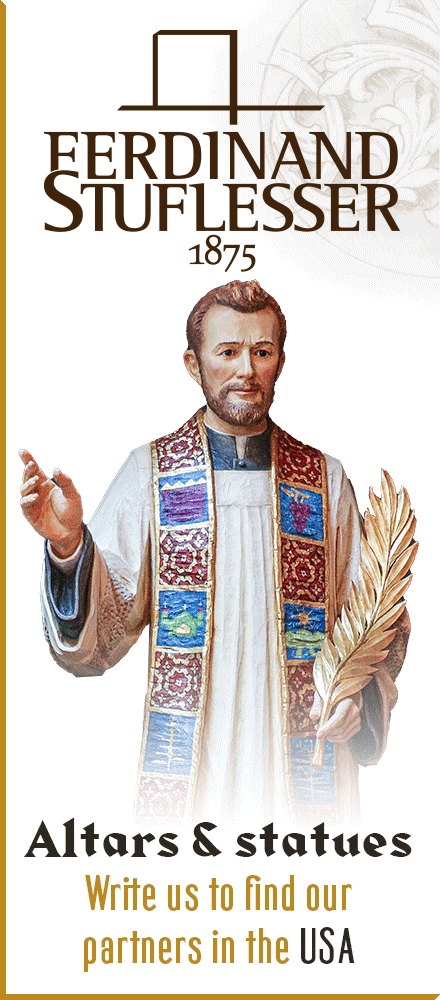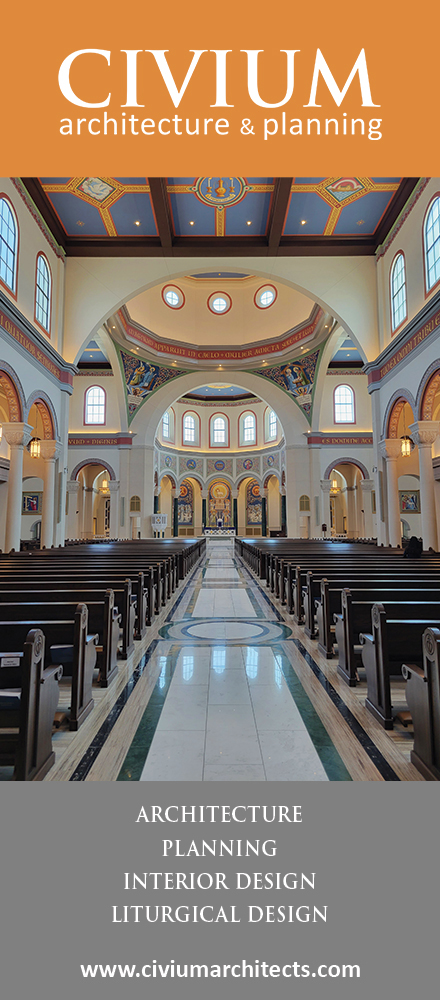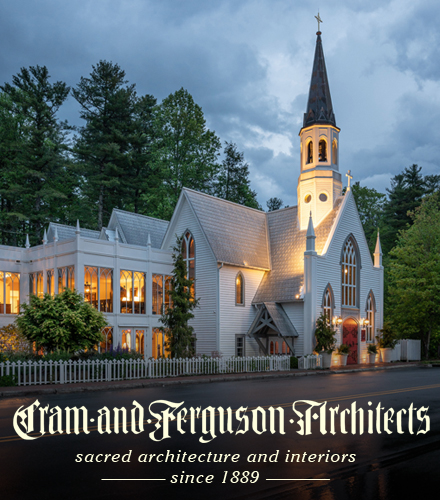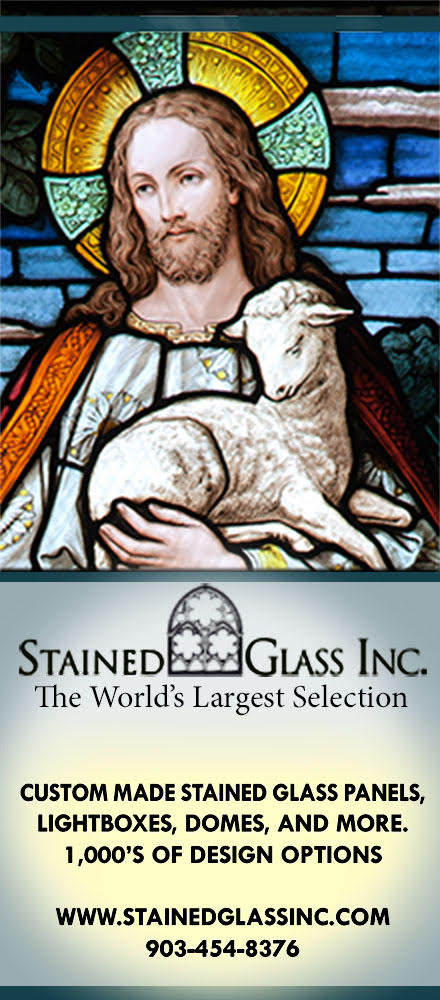Part I, In Which the Author Sizes Up the Scene
It was then when I saw the Anglican priest with the Father Knows Best pipe, playfully teaching his little boy the names of the stained-glass colors in German, Grün grün grün, that I knew I was going to fit in just fine around here.
It felt like I’d crammed three lifetimes into the last three weeks. I’d graduated from Notre Dame less than a month earlier, yet there was something hazily archival about my memories of campus. My friends were very still much on my mind as I clicked through the digital photos of Senior Week, and I was certain those ties, as if of an invisible college, still bound us; yet, I knew my student days had firmly passed into history. And I was fine with that, much to my surprise.
I’d gotten into Scranton only a few hours ago, and had pulled alongside St. Clare’s to see the hunched figure of Cardinal Dulles, the keynote speaker, slowly moving down the ramp to the basement social hall. A large banner out front of the boxy brick utility-Romanesque structure welcomed us to the conference. The answer to the Anglican Use had come to roost in this quiet corner of an old suburban neighborhood lay in the Episcopalian church we’d passed on the way up here, the pleasantly provincial neo-Gothic Good Shepherd. Eric Berman was now the executive director of the conference’s co-sponsor, the St. Thomas More Society. He had once been its pastor, and if the Bishop of Scranton had his way, might someday be the priest of a fully-fledged Anglican Use parish. For the moment, though, as I found out when I met him, he was in suit and tie, and quietly carrying around his sleepy daughter Julia, her baby head against his shoulder. The paperwork to ordain a married man, which had to go through Rome herself, had yet to come through.
After a social lunch, we moved upstairs to the main church to begin the afternoon’s slate of speakers. The conference’s theme was Conversion to Catholicism, and the Anglican Use Society’s president, Joseph G. Blake, set the tone and broke the ice with his opening remarks. What was this thing Anglicanism? Was it, as he had thought as a child, the son of a tailor, merely an Anglophilic, royalist sense of panache? He moved through a series of family anecdotes, his grandmother who, convinced the world had ended with the death of Edward VII, died herself well into the electric age in a house lit by oil lamps and under the watch of an enormous framed portrait of Queen Alexandra. Was Anglicanism this frivolous? Jokes about Episcopalians, lightbulbs and martinis are legion.
But that was not the point of it all.
What the Anglican Use preserved, he said, and what it brought to Catholicism’s table of contemplation was the spirituality of the Prayer Book. There was the its monumental poetic spirit, its stark canonical sense of right and wrong, that had formed men of integrity such as Churchill and FDR. They had sat through service after required service at Groton and Harrow, and it seemed to have rubbed off on them. Like the Society’s patron Thomas More, when pressed to the wall, they clamored like champions.
Eric Bergman then introduced himself, and gave us a few statistics. There were 20 Anglican or Episcopalian clergy in the pews that afternoon, 17 Catholic priests, including Our Lady of the Atonement pastor Christopher Philips, participants from over 17 U.S. states, a fellow from D.C. and a lone Canadian. I’d noticed down in the hall what a varied, and for that matter, rather singular group we were. There were the Catholics in uniform clerical blacks, and a whole kaleidoscope of Anglicans, both Canterbury and not. A few had quietly opted for jacket and tie rather than collar, the “Father” on their nameplates the only clue to their identity, while among the others there were Roman collars, Anglican collars, bishops in violet shirtfronts and pectoral crosses, earnest young fellows in round spectacles, a troop of Anglican Franciscans and a brown-habited nun with the extraordinary name of Sister Paraclete. I couldn’t help wondering what they made of all this—did the Tiber’s waters look spiritually inviting to them?
I was about to find out.
Saturday, June 10, 2006
The Second Annual Anglican Use Conference, Scranton, June 2006: A View from the Floor
MatthewMore recent articles:
A New Edition of the Monastic Breviary Available SoonGregory DiPippo
The printing house of the Monastère Saint-Benoît in Brignole, France, Éditions Pax inter Spinas, is pleased to announce the re-publication of the two volumes of the last edition (1963) of the traditional Latin Monastic Breviary.The Breviary contains all that is necessary to pray the complete Monastic Divine Office of Matins, Lauds, Prime, Terce, S...
A Mid-Western Saint from Rome: Guest Article by Mr Sean PilcherGregory DiPippo
Thanks once again to our friend Mr Sean Pilcher, this time for sharing with us this account of the relics of a Saint from the Roman catacombs, which were brought to the cathedral of Dubuque, Iowa, in the 19th century. Mr Pilcher is the director of Sacra: Relics of the Saints (sacrarelics.org), an apostolate that promotes education about relics, and...
Fons et Culmen Sacred Liturgy Summit - July 1–4, Menlo Park, CaliforniaJennifer Donelson-Nowicka
You are cordially invited to the Fons et Culmen Sacred Liturgy Summit, which will be held from July 1-4, in Menlo Park, California!Fons et Culmen Sacred Liturgy Summit gathers together Catholics who love Christ, the Church, and the Church’s sacred liturgical tradition for: - the solemn celebration of the Mass and Vespers; - insightful talks on...
A Lenten Station Mass in the Roman ForumGregory DiPippo
Today’s Mass is one of the series instituted by Pope St Gregory II (715-31) when he abolished the older custom of the Roman Rite, by which the Thursdays of Lent were “aliturgical” days on which no Mass was celebrated. The station appointed for the day is at the basilica of Ss Cosmas and Damian, which was constructed by Pope St Felix IV (526-30) in ...
Do Priests or Religious Need Special Permission to Pray a Pre-55 Breviary?Peter Kwasniewski
On occasion, I receive an email like the following (in this case, from a seminarian): “Do you happen to know of any sources/authoritative references which you could point me to that explain why praying the Pre-55 Breviary definitely satisfies the canonical obligation for clerics or religious? As I am strongly desirous of the Pre-55 Liturgy, I ...
Early Bird Registration Discount for CMAA Colloquium Ends March 31st!Jennifer Donelson-Nowicka
Join us this summer for world-class training in the Church’s treasury of sacred music.Early bird registration discount ($50 for colloquium, $50 for Vocal Intensive course, $150 off for Chant Intensive) ends March 31st!Here’s a special invitation from our new president, Fr. Robert Pasley.The Church Music Association of America is pleased to announc...
The Annunciation 2025: Dante and the Virgin MaryGregory DiPippo
The specific date of birth of the great poet Dante Alighieri (1265-1321) is unknown, but this Thursday, March 27th, is the anniversary of his baptism, which took place during the Easter vigil of 1266. The language which we call “Italian” today originated as the dialect of his native region of Tuscany (more specifically, of the city of Florence, but...
The Messenger AngelMichael P. Foley
Anonymous, the Archangel Gabriel, depicted on the predella of the high altar at the subsidiary church of Pesenbach, Upper Austria, 1495In the traditional Roman calendar, the feast days of saints are sometimes clustered together to form archipelagos of holiness that allow the faithful to meditate longer on a sacred mystery. These archipelagos do not...
The Third Sunday of Lent 2025Gregory DiPippo
At that time: Jesus was casting out a devil, and the same was dumb: and when he had cast out the devil, the dumb spoke: and the multitudes were in admiration at it: But some of them said: He casteth out devils by Beelzebub, the prince of devils. And others tempting, asked of him a sign from heaven. But he seeing their thoughts, said to them: Every ...
Pictures of Montecassino AbbeyGregory DiPippo
Following up on yesterday’s post of pictures of the crypt of Montecassino Abbey, here are some of the main church and some of the things around it, starting with the most important part of it, the burial site of St Benedict and his sister St Scholastica, behind the high altar.As I am sure our readers know, Montecassino Abbey was heavily bombed duri...

